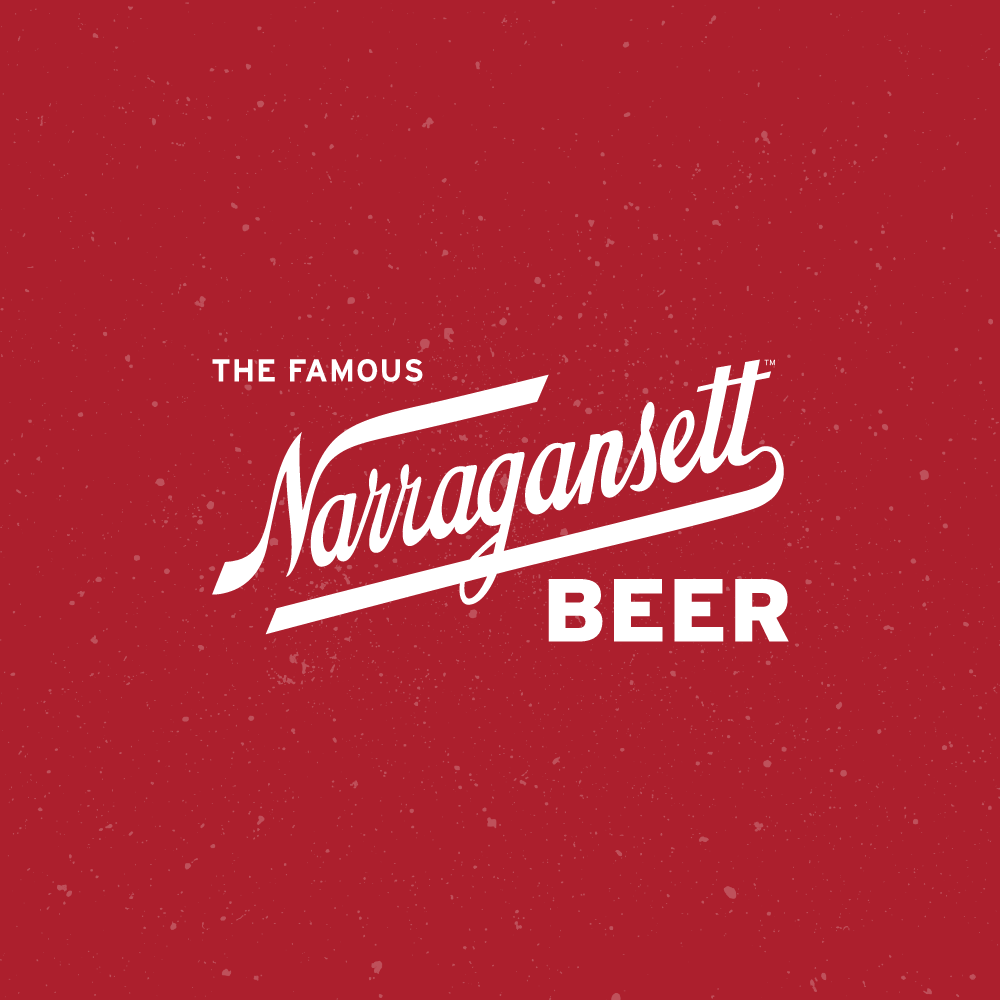Gambrinus and the brewing process
by. Guy Lister
We’d gather outside in the Courtyard and stand at the statue of Gambrinus where John would introduce him as, "The legendary King of Beer." I believe it was also at this point of the tour where John would explain that the number one reason that the Pilgrims came ashore in Plymouth, Massachusetts in 1620, was because they were running out of beer on the board the Mayflower. Because of the length of the voyage from England and the unsanitary conditions aboard the ship, beer was the only safe beverage that the Pilgrims had to drink. So beer has always been an important part of this nation’s history.
Then, John’s voice would begin to boom and he’d say, "Now I was in the military in the WW II. And I’m gonna be giving you military hand signals as we go along because of the hum of the motor. So, thusly, Forward!, Let’s go!" He’d point straight ahead and off we’d go.
He was quite a character and by now, everyone was already smiling and getting a bug kick out of him and his unique personality. He was now in control of the group and his glory!
Our next stop was at the elevator doors at the base of the Brewery tower where John would explain that the Brewery’s brewing process operated by gravity feed, so we’d start at the top, where the malted barley grain was weighed to begin the process. While we were waiting for the elevator, john would point out the large cylindrical tubes under the tower where spent grain was poured into trucks to be sent off to become feed grain for livestock. Then he’d talk about the Brewery workers and what it was like for them to work at the Brewery. "All the beer you can drink, seven to nine weeks vacation with pay! They call this place "The Country Club! Nobody ever quits this place!"
Once we arrived at the top floor, we’d see the barley mal being weighed and put into large measuring bins that fed into the Mash Tun on the floor below. We’d walk down to the fermentable sugars. That part of the brewing process took a few hours.
Then we’d walk down to the next floor past glass pipes, through which we could see the mash being transferred to the Lauter Tub, where hot water was sprayed over the mash to release more sugars. This process changed the mash into Wort, pronounced "Wurt."
From there, the Wort was transferred downstairs to the brew kettles, beautiful large copper topped tanks with copper doors that were small and oval shaped, where the Wort would boil and brew. It was here where we’d see the brewers add the hops to the Wort to give the beer its distinctive taste aroma.
The brewing Area was a beautiful part of the Brewery. It had red tiled floors and those shining copper Brew Kettles. All the Brewery was kept very clean but you’d especially notice it here at the Brew Kettles.
From the Brewing Platform we’d go to where we could view the Fermentation Process, where the yeast was added. We were able to view the Ale yeasts rising to the top of the Tanks and get a strong smell of the yeast.
And all along the way, as John said, "The hum of the motor." After the Fermentation area, we’d go outdoors to the Railroad Siding, where the grain and the hops would arrive at the Brewery.
Make sure you check back next week as we continue into Lister’s part one of The Narragansett Brewery Tour.
Guy Lister gave Narragansett Brewing Company full consent to post his story on our website. However, it remains the intellectual property of Guy Lister and may not be printed, reprinted, edited, sold or published, conventionally, electronically, or by other means without the expressed written approval of Guy Lister. Copyright 2001.

